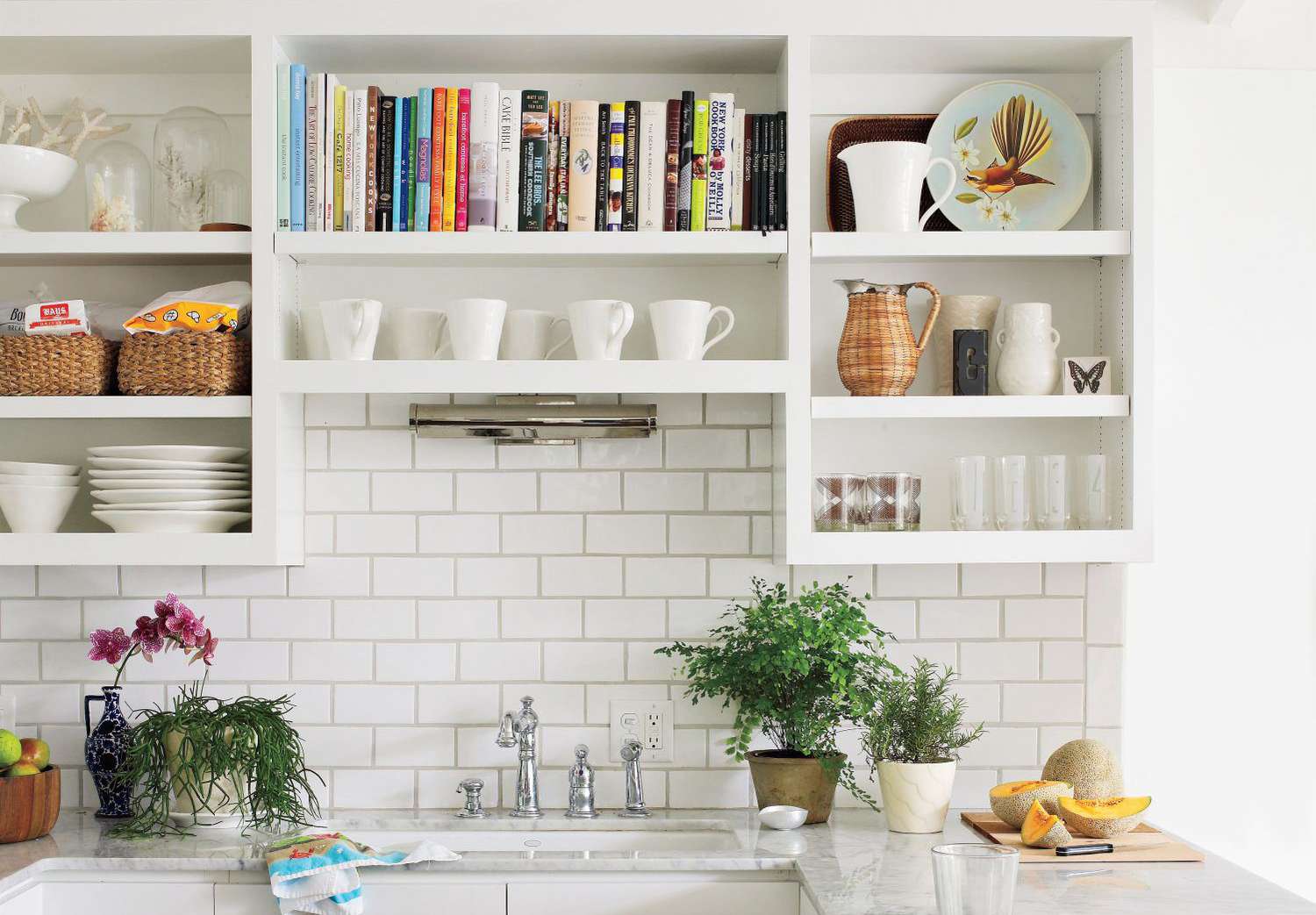

Articles
How To Store Cookbooks In Kitchen
Modified: December 7, 2023
Looking to organize your kitchen? Learn how to efficiently store your cookbooks in the kitchen with our helpful articles.
(Many of the links in this article redirect to a specific reviewed product. Your purchase of these products through affiliate links helps to generate commission for Storables.com, at no extra cost. Learn more)
Introduction
Welcome to the wonderful world of cooking! Whether you’re a seasoned chef or a cooking enthusiast, chances are you have a collection of cherished cookbooks that have guided you through countless delicious meals. But what do you do when you run out of space for your beloved cookbooks in your kitchen? Properly storing and organizing your cookbooks is not only practical, but it can also be a delightful way to showcase your love for cooking and inspire creativity in the kitchen.
In this article, we will explore various methods and considerations for storing and organizing your cookbooks in the kitchen. From assessing your collection and determining storage space to utilizing bookshelves, wall-mounted racks, and kitchen cabinets, we’ll cover everything you need to know to create a functional and visually appealing cookbook storage solution. So let’s dive in and discover the best ways to store your cookbooks!
Key Takeaways:
- Efficiently store and organize your cookbooks by assessing your collection, determining storage space, and utilizing various storage options. Organize by category or cuisine for easy access and create visually appealing displays to showcase your love for cooking.
- Avoid common storage mistakes by not overcrowding the space, considering book size, organizing effectively, and prioritizing proper care. Create an accessible and visually engaging cookbook storage system to inspire creativity in your kitchen.
Read more: How To Store Cookbooks
Assessing Your Cookbook Collection
The first step in effectively storing and organizing your cookbooks is to assess your collection. Take the time to go through your cookbooks and evaluate which ones you use frequently, which ones hold sentimental value, and which ones you can part with. This will help you determine the amount of storage space you’ll need and identify any specific organizational preferences you may have.
Consider categorizing your cookbooks based on themes or types of cuisine. For example, you could have separate sections for baking, vegetarian recipes, ethnic cuisines, and more. This will make it easier to find a specific cookbook when you’re in the mood for a particular type of dish.
Additionally, take note of the size and shape of your cookbooks. Some cookbooks may be larger or taller than others, which could impact the type of storage solutions you choose. It’s important to have an understanding of the dimensions of your collection to ensure that the storage options you select can accommodate your cookbooks comfortably.
If you find that you have cookbooks that you no longer use or don’t align with your cooking style, consider donating or gifting them to someone who could benefit from them. This will not only free up space but also ensure that those cookbooks find a new home where they can be appreciated and put to good use.
By taking the time to assess your cookbook collection, you’ll have a better understanding of your storage needs and will be able to move forward with organizing them in a way that best suits your kitchen space and cooking style.
Determining Storage Space
Once you have assessed your cookbook collection, the next step is to determine the amount of storage space you will need. This will depend on the number of cookbooks you have and the available space in your kitchen.
Start by measuring the area where you plan to store your cookbooks. This can be a countertop, a dedicated bookshelf, a wall-mounted rack, or even a kitchen cabinet or pantry.
If you are considering using a bookshelf, make sure to measure the height, width, and depth of the shelf to ensure that your cookbooks will fit comfortably. Leave some extra space for any decorative items or additional storage containers you may want to incorporate.
For wall-mounted racks or shelves, measure the available wall space and consider the weight-bearing capacity of the rack. This is especially important if you have a large collection of cookbooks or if you plan to display other kitchen items alongside the books.
If you are utilizing kitchen cabinets or pantries, take note of the number of shelves available and the height of the shelves. Consider rearranging items in your cabinets to make room for the cookbooks and ensure easy accessibility.
Once you have determined the storage space, take into account any additional storage needs for kitchen utensils and accessories such as measuring cups, spatulas, and recipe cards. Consider incorporating dividers or small containers to keep these items organized and within reach.
Remember, it’s essential to have enough space to comfortably store your cookbooks without overcrowding the area. This will allow you to easily browse through your collection and find the cookbook you need without hassle.
By taking the time to measure and determine the storage space needed, you can ensure that your cookbooks have a dedicated and organized home in your kitchen.
Considerations for Bookshelves
Bookshelves are a popular choice for storing and displaying cookbooks in the kitchen. They not only provide ample storage space but also add a touch of charm and elegance to the overall kitchen decor. Here are some considerations to keep in mind when selecting a bookshelf for your cookbooks:
- Size and Style: Choose a bookshelf that fits the dimensions of your kitchen and complements the overall aesthetic. Consider the height, width, and depth of the bookshelf to ensure it can accommodate your cookbooks comfortably.
- Adjustable Shelves: Look for bookshelves with adjustable shelves or removable dividers. This will allow you to customize the spacing between shelves based on the size of your cookbooks.
- Sturdy Construction: Ensure that the bookshelf is made of durable materials and has a strong structural design. Cookbooks can be quite heavy, so it’s important to choose a bookshelf that can support the weight.
- Open vs. Closed Back: Decide whether you prefer a bookshelf with an open back or a closed back. An open back bookshelf can create a sense of openness and lightness, while a closed back bookshelf provides a more solid and enclosed look.
- Display and Storage: Consider whether you want your bookshelf to serve primarily as a display space or if you also need additional storage for other kitchen items. Some bookshelves come with drawers or cabinets at the bottom, providing extra storage options.
- Accessibility: Ensure that the bookshelf is easily reachable, especially if you frequently use your cookbooks while cooking. You don’t want to strain or stretch every time you need to grab a recipe book.
- Lighting: If you want to highlight your cookbook collection, consider adding lighting to the bookshelf. This can be in the form of built-in, adjustable lights or utilizing LED strip lights to create a warm and inviting ambiance.
When arranging your cookbooks on the bookshelf, consider organizing them by category or cuisine. This will make it easier to find the cookbook you need when searching for a specific recipe. You can also add some decorative elements such as plants, artwork, or kitchen accessories to enhance the visual appeal of the bookshelf.
By considering these factors when selecting a bookshelf for your cookbooks, you can create a functional and aesthetically pleasing storage solution in your kitchen.
Organizing by Category or Cuisine
One of the key aspects of effective cookbook storage is organizing your collection in a way that allows for easy access and efficient browsing. One popular method is to organize your cookbooks by category or cuisine.
Start by sorting your cookbooks into distinct categories, such as baking, Italian cuisine, vegetarian recipes, or desserts. This will help you quickly locate a specific cookbook when you’re in the mood for a particular type of dish.
If you have a large collection, consider using bookends or dividers to separate each category on the bookshelf. This will make it visually clear and easy to navigate through your cookbooks.
You can also take it a step further by alphabetizing the cookbooks within each category or cuisine. This will provide an additional level of organization and make finding a specific cookbook even faster.
Another option is to create a “favorites” section on your bookshelf. This is where you can keep the cookbooks that you frequently turn to for tried and true recipes. It will save you time searching through the entire collection when you just want your go-to recipes.
If you have a specific interest in a particular cuisine, you can dedicate a shelf or section of your bookshelf to it. For example, if you love Asian cuisine, you can group all your Chinese, Japanese, Thai, and Indian cookbooks together in one area.
Consider using labels or small signs to mark the different categories or cuisines. This will make it even easier to locate the cookbook you need at a glance.
Don’t be afraid to get creative with your categorization. You can even organize your cookbooks based on seasons, occasions, or cooking techniques. The key is to find a system that works for you and reflects your own cooking style and preferences.
By organizing your cookbooks by category or cuisine, you’ll create an efficient and visually appealing system that will make it a joy to explore your collection and discover new recipes.
Using Wall-Mounted Racks or Shelves
If you have limited space in your kitchen or want to add a unique and decorative element to your cookbook storage, consider utilizing wall-mounted racks or shelves. These options not only free up valuable countertop or cabinet space but also create an eye-catching display for your cookbooks.
When selecting a wall-mounted rack or shelf, consider the following:
- Size and Placement: Measure the available wall space in your kitchen and choose a rack or shelf that fits the dimensions. Consider the height, width, and depth to ensure it can accommodate your cookbooks comfortably.
- Style and Design: Select a rack or shelf that matches your kitchen decor and complements the overall aesthetic. There are various styles available, from minimalist metal designs to rustic wooden shelves.
- Weight-Bearing Capacity: Ensure that the rack or shelf you choose has a sturdy construction and can support the weight of your cookbooks. This is especially important if you have a larger collection or plan to display other kitchen items alongside the books.
- Accessibility: Consider the height at which you will mount the rack or shelf to ensure that your cookbooks are easily reachable. You don’t want to strain or stretch every time you need to grab a recipe book.
- Spacing and Arrangement: Determine how you want to arrange your cookbooks on the wall-mounted rack or shelf. You can choose to stack them horizontally or place them vertically, depending on the design and dimensions of the rack.
When arranging your cookbooks on the wall-mounted rack or shelf, consider organizing them in a visually appealing manner. You can create a visually interesting display by alternating between horizontal and vertical placements or by color-coding the spines of the books.
Consider incorporating decorative elements such as small plants, framed recipe cards, or kitchen accessories to add a personal touch and enhance the overall aesthetics.
Remember to leave some space between the books to prevent them from looking crowded or cluttered. This will also make it easier to browse through your collection.
Wall-mounted racks or shelves are a great option for maximizing space in your kitchen while adding a stylish touch to your cookbook storage. By carefully selecting the right rack or shelf and arranging your cookbooks thoughtfully, you can create an organized and visually appealing display that will captivate your guests and inspire you in the kitchen.
Consider using a bookshelf or floating shelves to store cookbooks in the kitchen. Keep them away from direct sunlight and moisture to preserve their condition.
Incorporating Cookbook Stands
If you’re looking for a practical and versatile way to store and display your cookbooks, incorporating cookbook stands into your kitchen can be a great solution. Cookbook stands not only keep your recipes within easy reach but also add a charming and functional element to your cooking space.
Here are some tips for incorporating cookbook stands:
- Choose a Sturdy and Adjustable Stand: Look for a cookbook stand that is sturdy enough to hold heavy recipe books and has an adjustable angle feature. This will allow you to position the stand at the perfect reading angle for effortless recipe following.
- Consider the Style and Material: Select a stand that complements your kitchen decor. Whether you prefer a sleek metal design, rustic wooden stand, or a modern acrylic stand, there are countless options available to suit your taste and kitchen style.
- Placement and Accessibility: Find a convenient location in your kitchen to place the cookbook stand, such as the countertop or a designated cooking area. Ensure that the stand is easily accessible and not obstructing your workspace.
- Choose the Right Size: Consider the size of your cookbooks when selecting a stand. Choose a stand that can accommodate various book sizes, including larger hardcover cookbooks or smaller recipe booklets.
- Utilize Multi-Tiered Stands: If you have a larger cookbook collection, consider using multi-tiered cookbook stands. This will allow you to display multiple books simultaneously, saving space and making it easier to browse through your collection.
- Decorate the Stand: Enhance the visual appeal of the cookbook stand by adding decorative elements such as small potted herbs, kitchen utensils, or a small chalkboard for writing down recipe notes or ingredient lists.
- Rotate Your Cookbook Collection: Switch out the cookbooks displayed on the stand periodically to keep your kitchen decor fresh and to give all your books a chance to be showcased.
When using a cookbook stand, you can keep your frequently used or current recipes open and readily accessible while cooking. This eliminates the need to hold the book or worry about smudging it with messy hands.
Remember to clean and maintain your cookbook stand regularly to keep it in excellent condition. Wipe it down with a damp cloth after each use and store it properly when not in use.
By incorporating cookbook stands into your kitchen, you can keep your favorite recipes at your fingertips while adding an attractive element to your cooking space.
Utilizing Kitchen Cabinets or Pantries
If you prefer a more discreet approach to storing your cookbooks or have limited space in your kitchen, utilizing kitchen cabinets or pantries can be a practical and efficient solution. Here are some tips for effectively utilizing these storage options:
- Clear Out Space: Begin by clearing out a designated area in your kitchen cabinets or pantry specifically for your cookbooks. Remove any unnecessary items or unused kitchen gadgets to create space for your collection.
- Adjust Shelves: Assess the height of the shelves in your kitchen cabinets or pantry and adjust them to accommodate the height of your cookbooks. This will ensure that your cookbooks fit comfortably and are easily accessible.
- Arrange Vertically: Place your cookbooks vertically on the shelves to maximize space and visibility. This allows you to easily scan the spines and find the specific cookbook you’re looking for without having to move other books out of the way.
- Use Bookends or Dividers: Incorporate bookends or dividers to help keep your cookbooks upright and organized within the cabinet or pantry. This prevents the books from leaning or falling over, maintaining a neat and tidy appearance.
- Group by Size or Category: Consider grouping your cookbooks by size or category to further enhance organization. You can choose to keep larger hardcover cookbooks separate from smaller paperback ones or group them based on specific cuisines or cooking styles.
- Add Labels: Create labels or use sticky notes to mark the different sections within your kitchen cabinets or pantry. This makes it easy to locate specific genres or types of cookbooks and saves time when searching for a particular recipe.
- Utilize Cookbook Stands: If you have limited space on the shelves, consider using cookbook stands to display a few select recipes or cookbooks that you frequently use. This adds a functional and decorative element to your kitchen cabinets or pantry.
Remember to periodically declutter your collection and update your cookbook storage. As your collection grows or your cooking preferences change, adjust the organization and utilize the available space accordingly.
By utilizing kitchen cabinets or pantries, you can keep your cookbooks neatly stored and easily accessible while maintaining a streamlined and clutter-free kitchen.
Creating a Cookbook Display
A cookbook display can be a fantastic way to showcase your collection while adding a special touch to your kitchen decor. By turning your cookbooks into a visual focal point, you can create an inviting and inspiring atmosphere. Here are some tips for creating a captivating cookbook display:
- Select a Spot: Choose a prominent location in your kitchen where your cookbook display will be visible and easily accessible. This could be a countertop, a kitchen island, or even open shelves.
- Showcase Favorites: Start by selecting a few of your favorite cookbooks or the ones that reflect your cooking style the most. Place these books front and center to draw attention and create a focal point.
- Arrange in Layers: Stack books horizontally to create layers and add visual interest. Place larger, heavier cookbooks as the foundation and layer smaller ones on top. You can also incorporate decorative bookends or cooking-related objects to add charm.
- Consider Open Cookbook Stands: Use open cookbook stands to display specific recipes or pages that you refer to often. This not only adds an interactive element but also keeps your go-to recipes readily accessible.
- Add Decorative Accents: Enhance the display by incorporating decorative accents such as small potted herbs, kitchen utensils, or vintage cooking tools. These items can add a personal touch and create a cohesive theme.
- Employ Visual Themes: Group cookbooks based on themes such as baking, international cuisines, or specific ingredients. This can create a visually organized and thematic display that reflects your culinary interests.
- Utilize Standalone Display Stands: Consider using standalone display stands specifically designed for cookbooks. These stands come in a variety of designs and can be placed on countertops or kitchen islands, creating an elegant and dedicated space for your cookbooks.
- Rotate the Display: Change the books on display periodically to keep things fresh and showcase different parts of your collection. This allows you to highlight different cookbooks and keeps the display visually engaging.
Remember to keep your cookbook display tidy and organized. Regularly dust off the books and maintain the decorative accents to ensure they remain visually appealing.
A cookbook display not only adds charm to your kitchen but also serves as a source of inspiration and conversation starter. It showcases your passion for cooking and invites others to explore your collection.
By following these tips, you can create a stunning and personalized cookbook display that will elevate the style and atmosphere in your kitchen.
Read also: 8 Best Air Fryer Oven Cookbook for 2024
Avoiding Common Storage Mistakes
When it comes to storing your cookbooks in the kitchen, there are a few common mistakes to avoid to ensure that your collection remains organized, protected, and easily accessible. By being aware of these pitfalls, you can create an efficient and enjoyable storage system. Here are some common storage mistakes to avoid:
- Overcrowding the Space: One of the most common mistakes is overcrowding your bookshelves, cabinets, or pantry with too many cookbooks. This can make it difficult to browse through your collection and locate specific books. Make sure to leave some space between books and consider decluttering or donating cookbooks you no longer use.
- Not Considering Book Size: Neglecting to consider the size of your cookbooks can lead to issues with them fitting properly on shelves or in storage solutions. Take the time to measure the dimensions of your books and choose storage options that can accommodate them comfortably.
- Lack of Organization: Failing to organize your cookbooks can result in a chaotic and frustrating experience. Without proper categorization or labeling, it can be challenging to find specific books or recipes when you need them. Take the time to categorize your collection by cuisine, category, or any other logical system that works for you.
- Ignoring Proper Care: Cookbooks can easily accumulate dirt, grease, or food stains in the kitchen. Neglecting their proper care can lead to damage over time. Regularly clean your cookbooks and store them away from direct sunlight and moisture to maintain their longevity.
- Not Utilizing Available Space: Not fully utilizing available space in your kitchen can limit your storage options. Explore all the potential areas for storing your cookbooks, including countertops, walls, or unused cabinets. Get creative and utilize vertical space or incorporate storage solutions like wall-mounted racks or stands.
- Forgetting About Accessibility: Accessibility is key when storing your cookbooks. Placing them in hard-to-reach areas or at awkward angles can make it frustrating and time-consuming to find the books you need. Arrange your cookbooks in a way that allows for easy access and consider using bookshelves or stands that provide clear visibility.
By avoiding these common storage mistakes, you can create a functional and organized system for your cookbooks in the kitchen. Take the time to assess your collection, consider storage options, and prioritize accessibility and organization. With a well-planned storage approach, your cookbooks will always be at your fingertips, ready to inspire your next culinary creation.
Conclusion
Storing and organizing your cookbooks in the kitchen is a vital aspect of creating an efficient and visually appealing cooking space. By assessing your collection, determining storage space, and considering different storage options, you can create a system that suits your needs and reflects your personal style. Whether you choose bookshelves, wall-mounted racks, cookbook stands, or utilize kitchen cabinets and pantries, there are various ways to showcase and access your cookbooks.
Organizing your cookbooks by category or cuisine helps in locating specific recipes quickly, while incorporating decorative elements and creating visually pleasing displays adds charm and inspiration to your kitchen. Avoiding common storage mistakes such as overcrowding the space, not organizing properly, or neglecting proper care ensures that your collection remains in good condition for years to come.
Remember to give careful thought to the placement and accessibility of your cookbooks. Make sure they are easily reachable while cooking, and consider using cookbook stands or open display options. Rotate your collection and update your storage arrangement periodically to keep things fresh and prevent your cookbooks from gathering dust.
Creating a well-organized and visually engaging cookbook storage system not only makes it easier to find the recipes you need but also adds a touch of creativity and personality to your kitchen. It allows your cookbooks to be more than just recipe references but also serves as a source of inspiration and conversation starters for anyone who steps into your culinary domain.
So take the time to assess your collection, choose the appropriate storage options, and create a cookbook storage solution that not only meets your practical needs but also reflects your love for cooking. Happy cooking and happy organizing!
Frequently Asked Questions about How To Store Cookbooks In Kitchen
Was this page helpful?
At Storables.com, we guarantee accurate and reliable information. Our content, validated by Expert Board Contributors, is crafted following stringent Editorial Policies. We're committed to providing you with well-researched, expert-backed insights for all your informational needs.
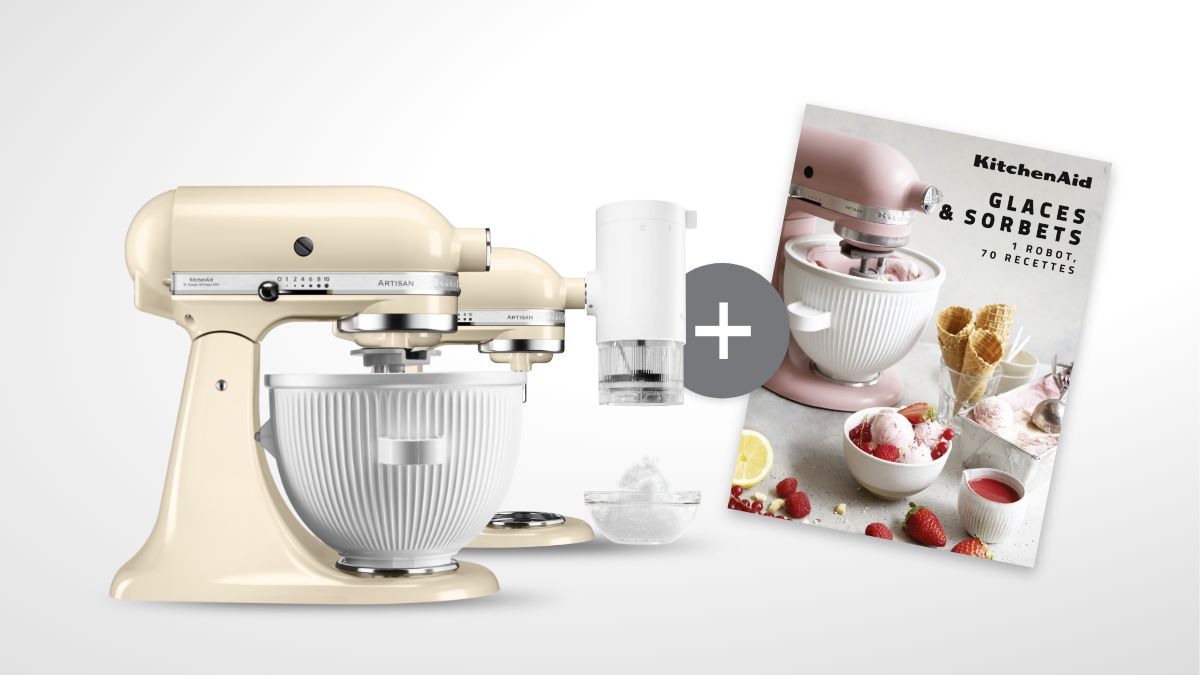
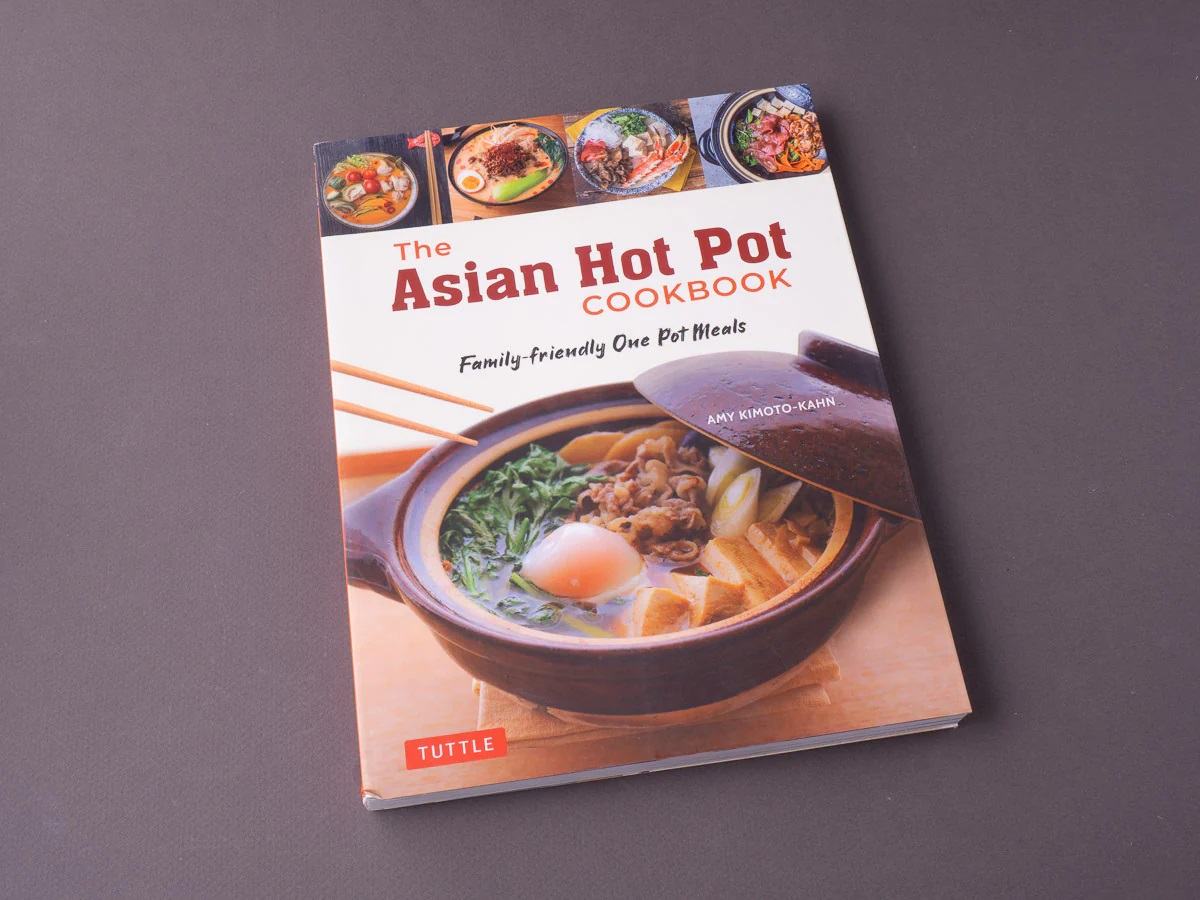
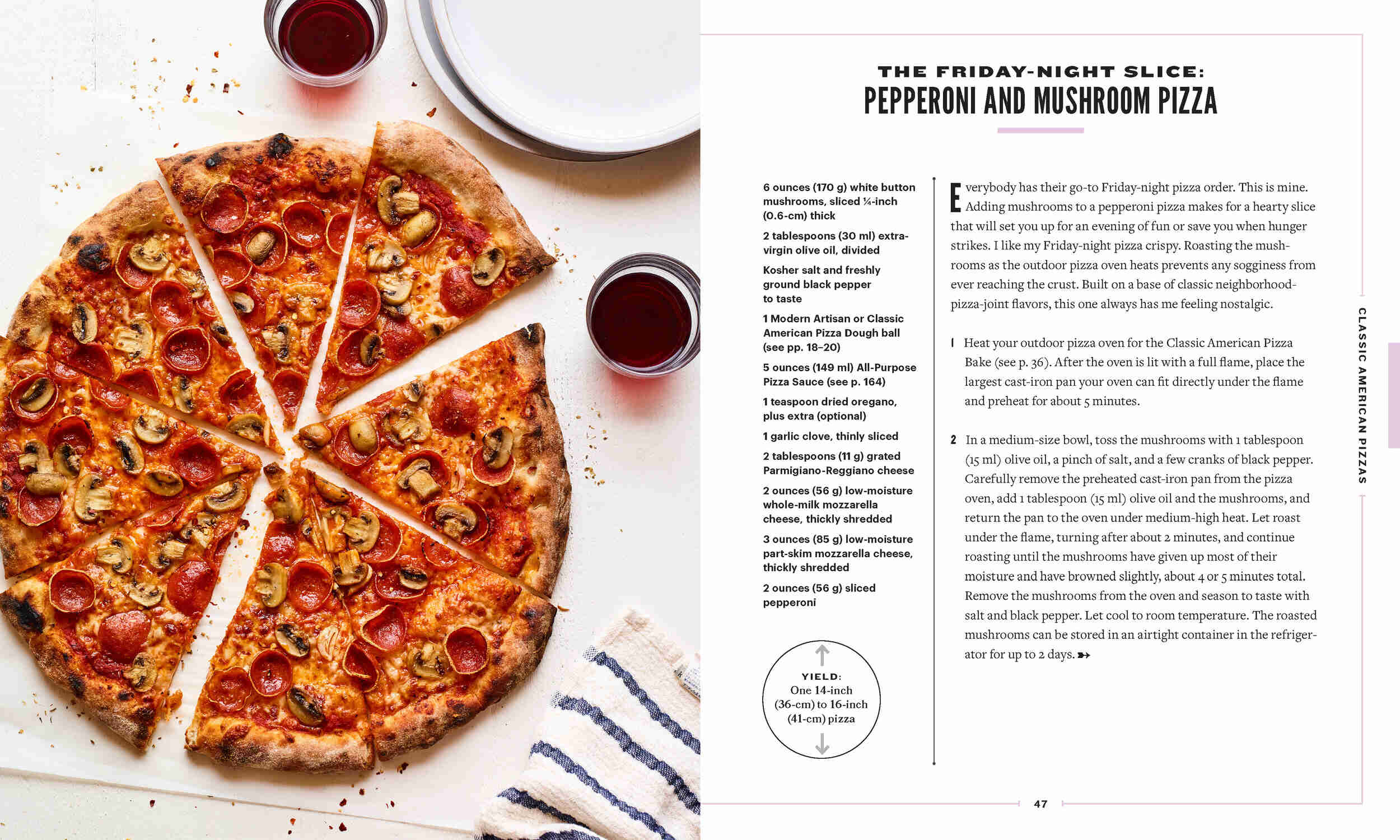
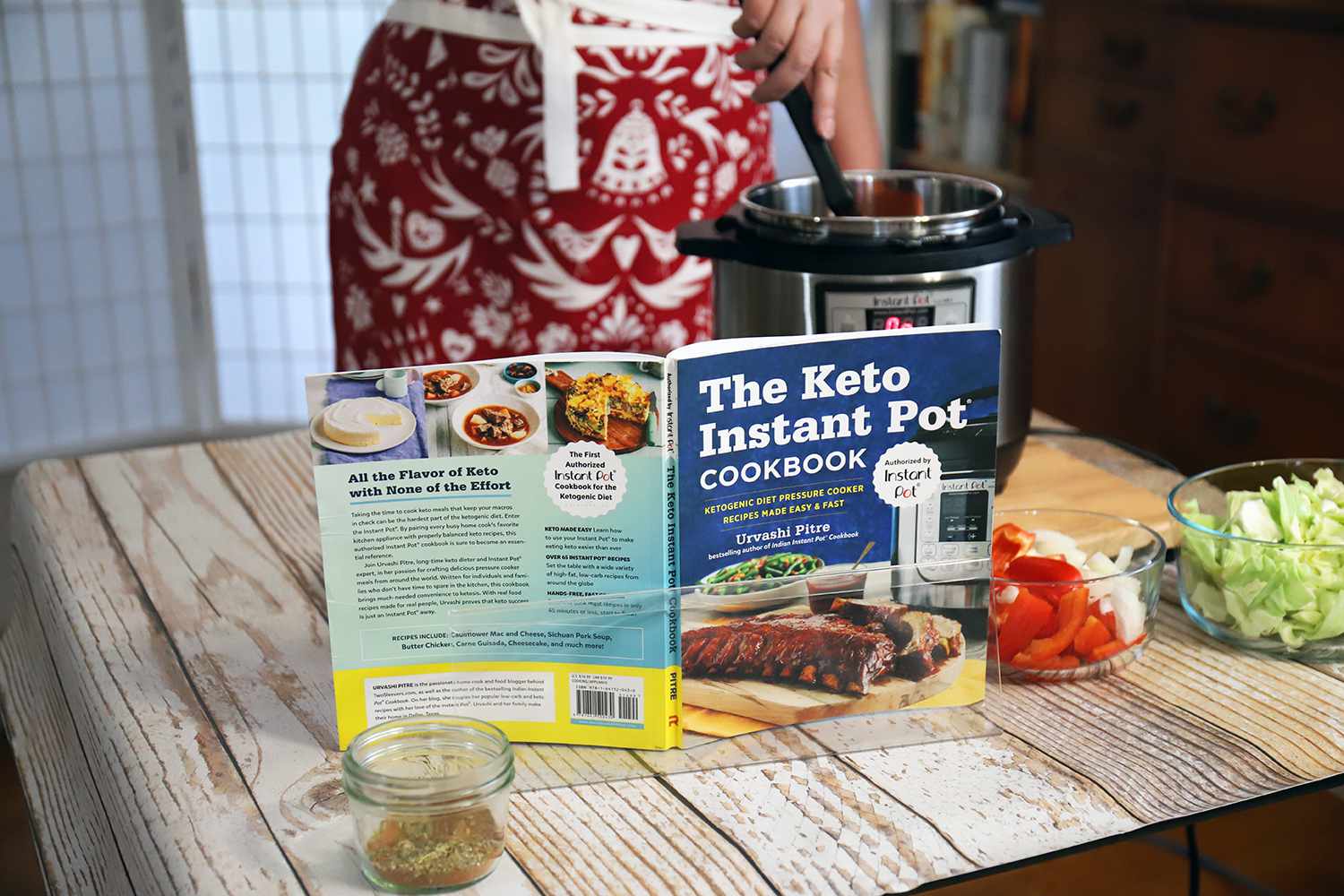
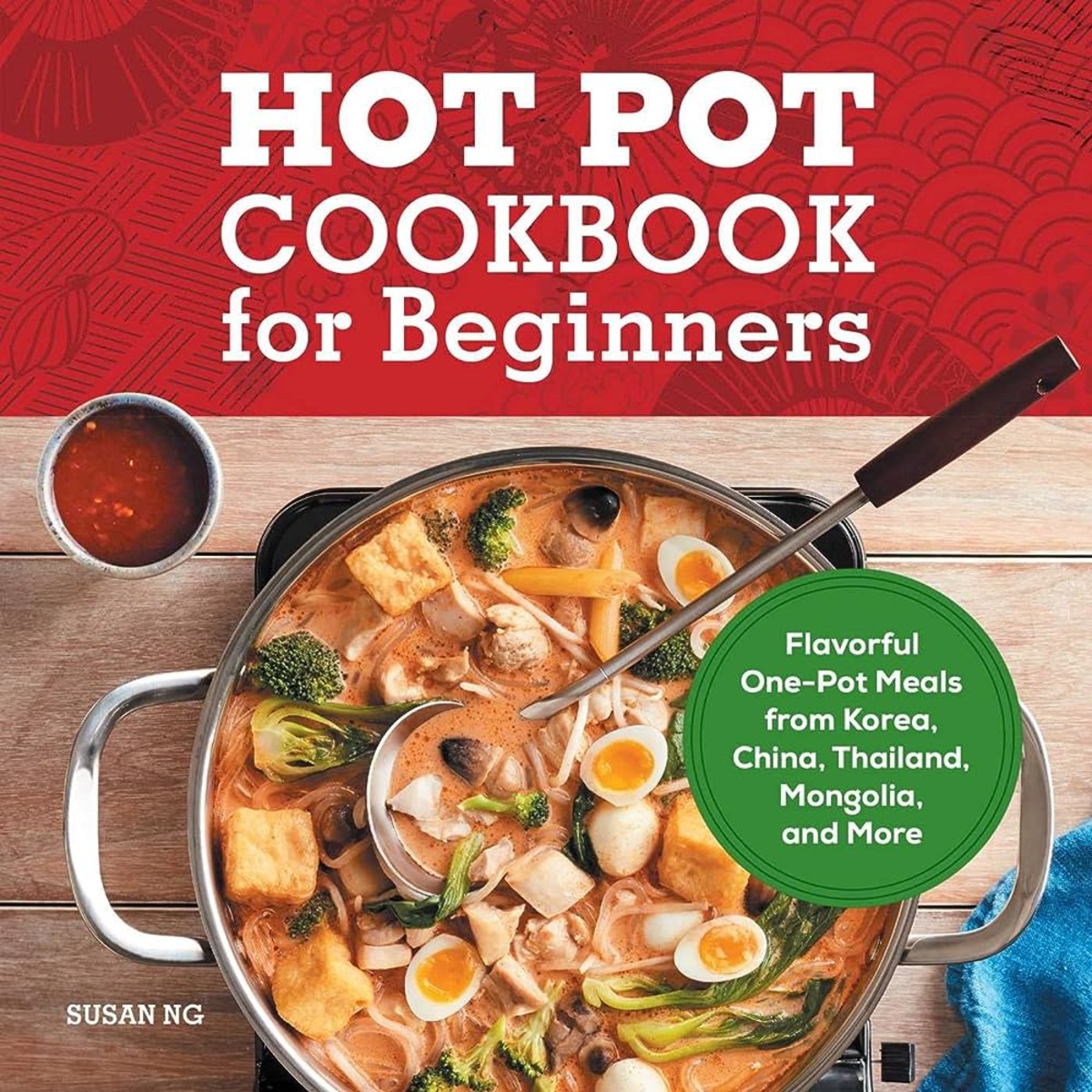
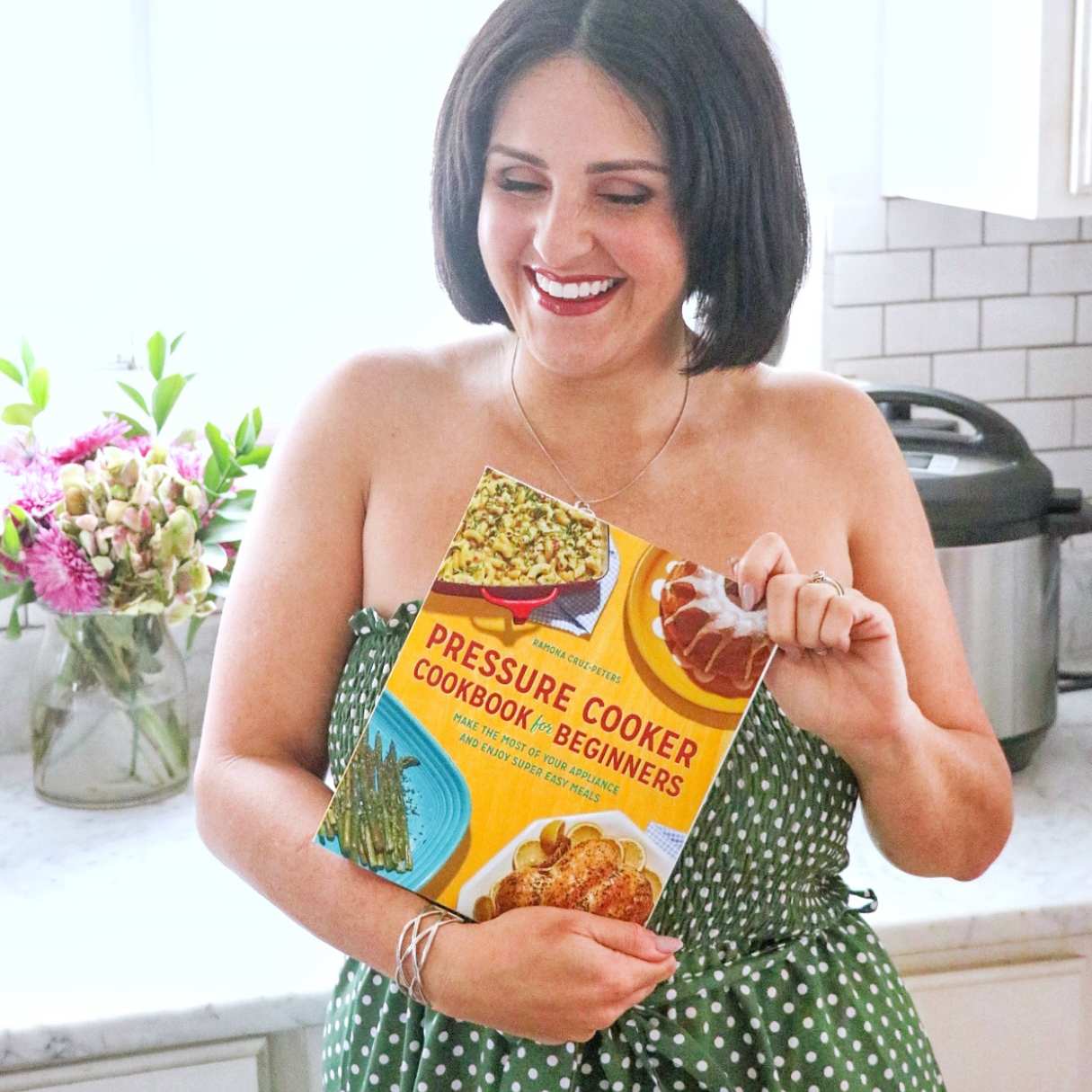
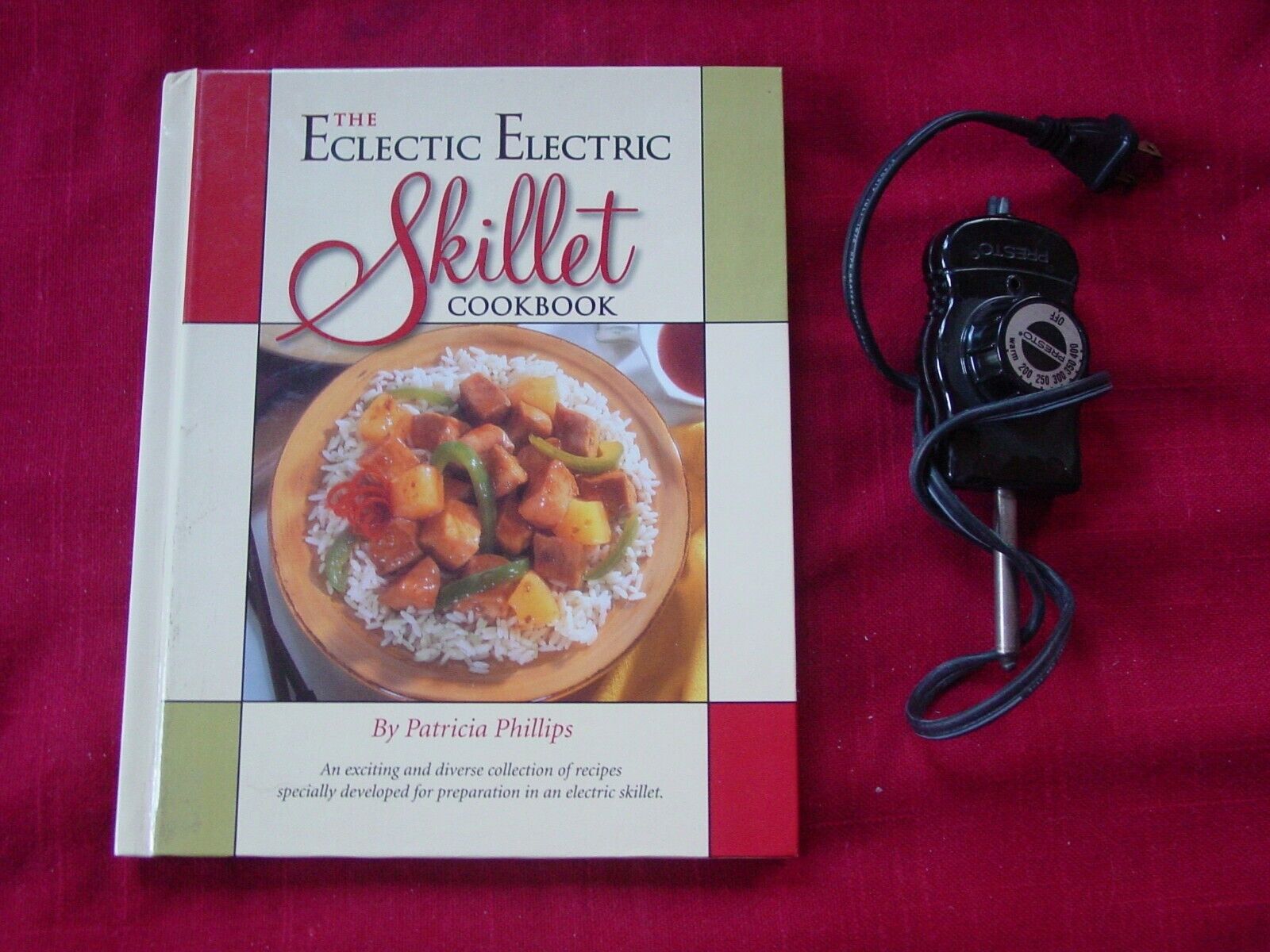
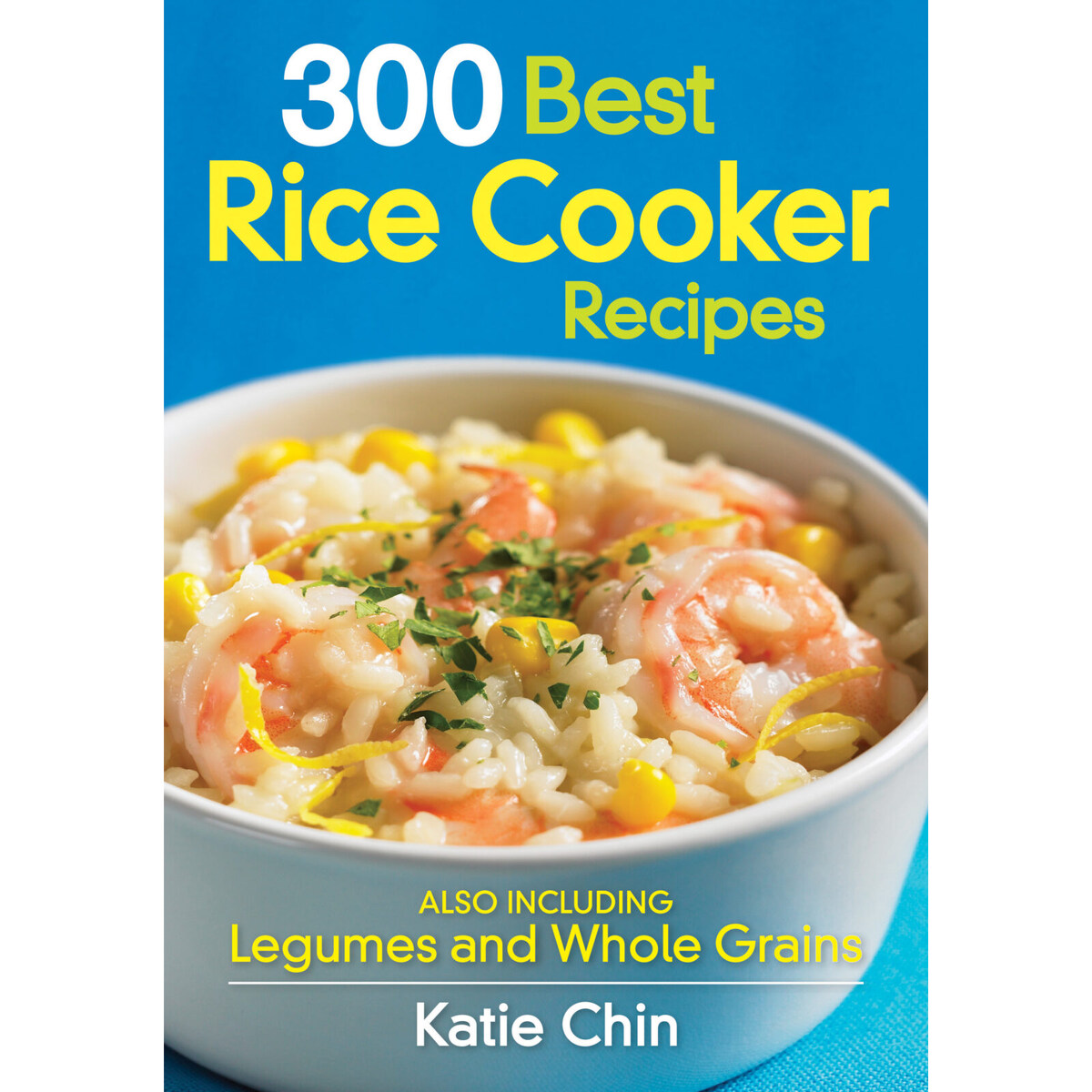
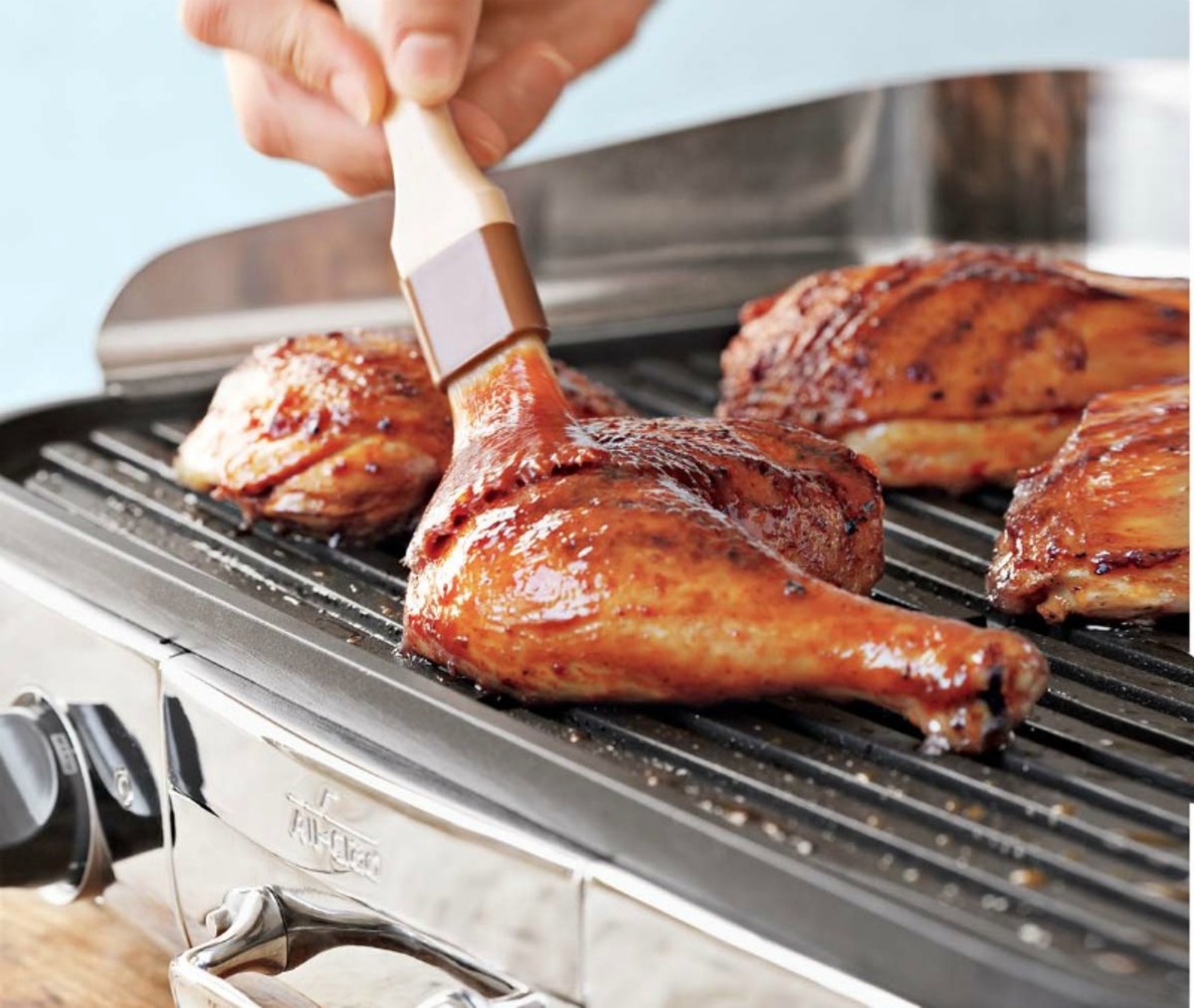
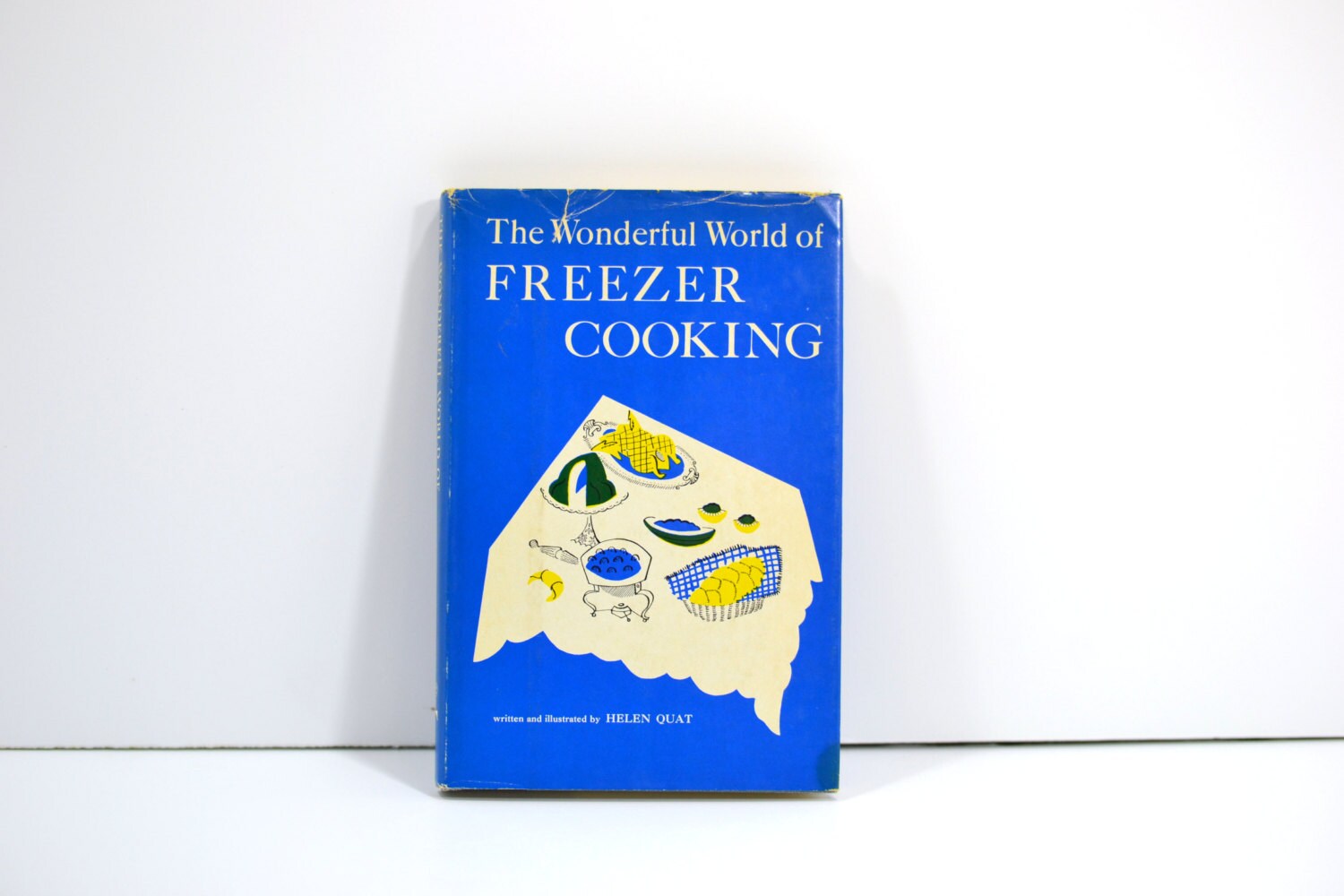
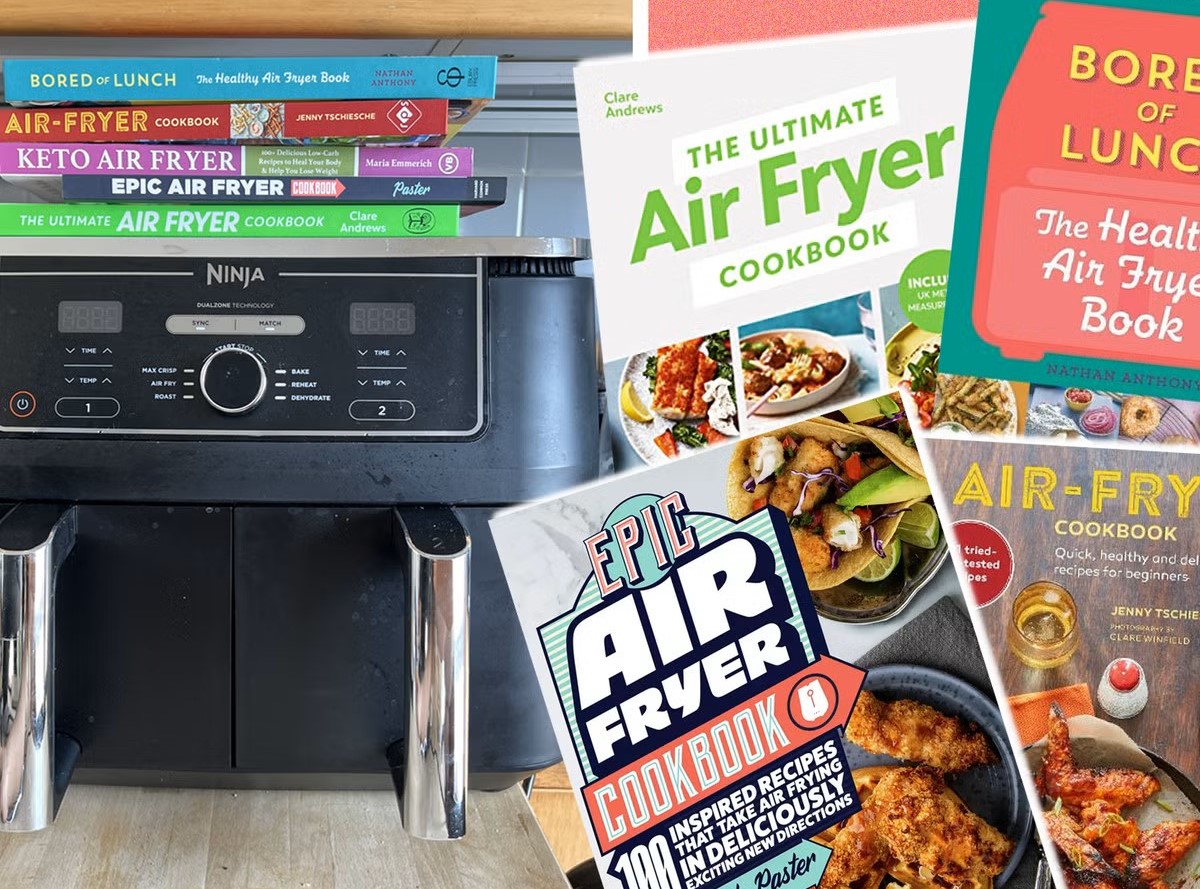
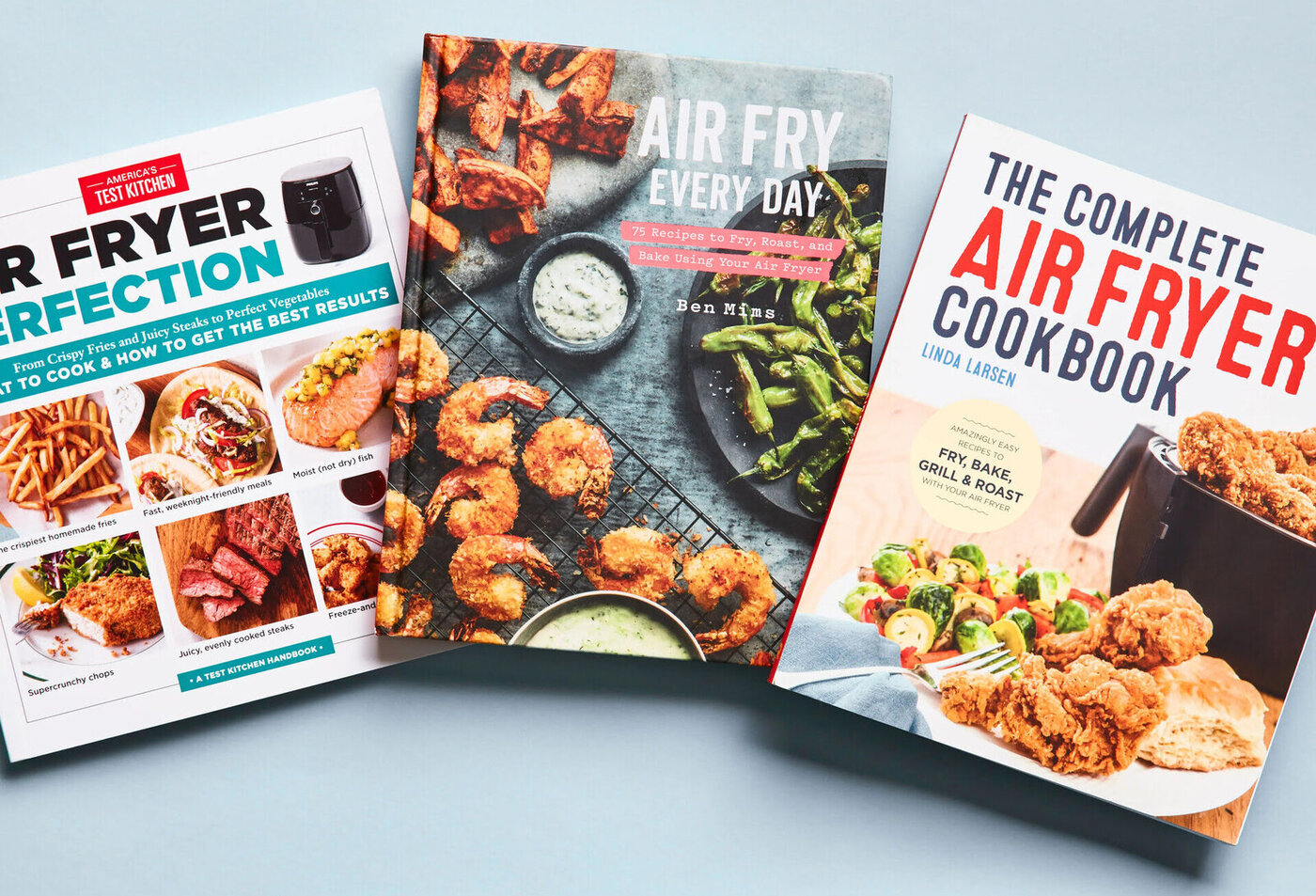
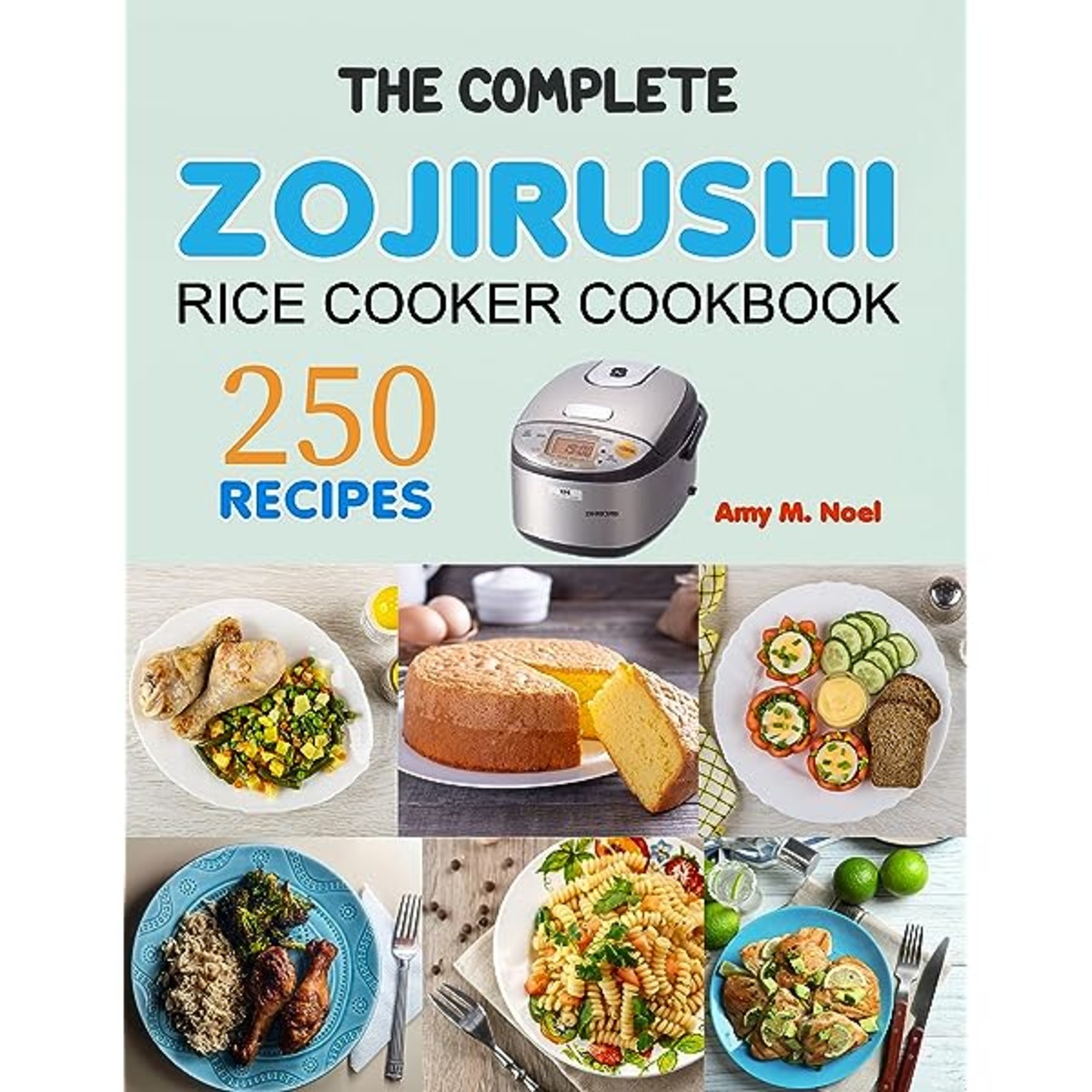

0 thoughts on “How To Store Cookbooks In Kitchen”